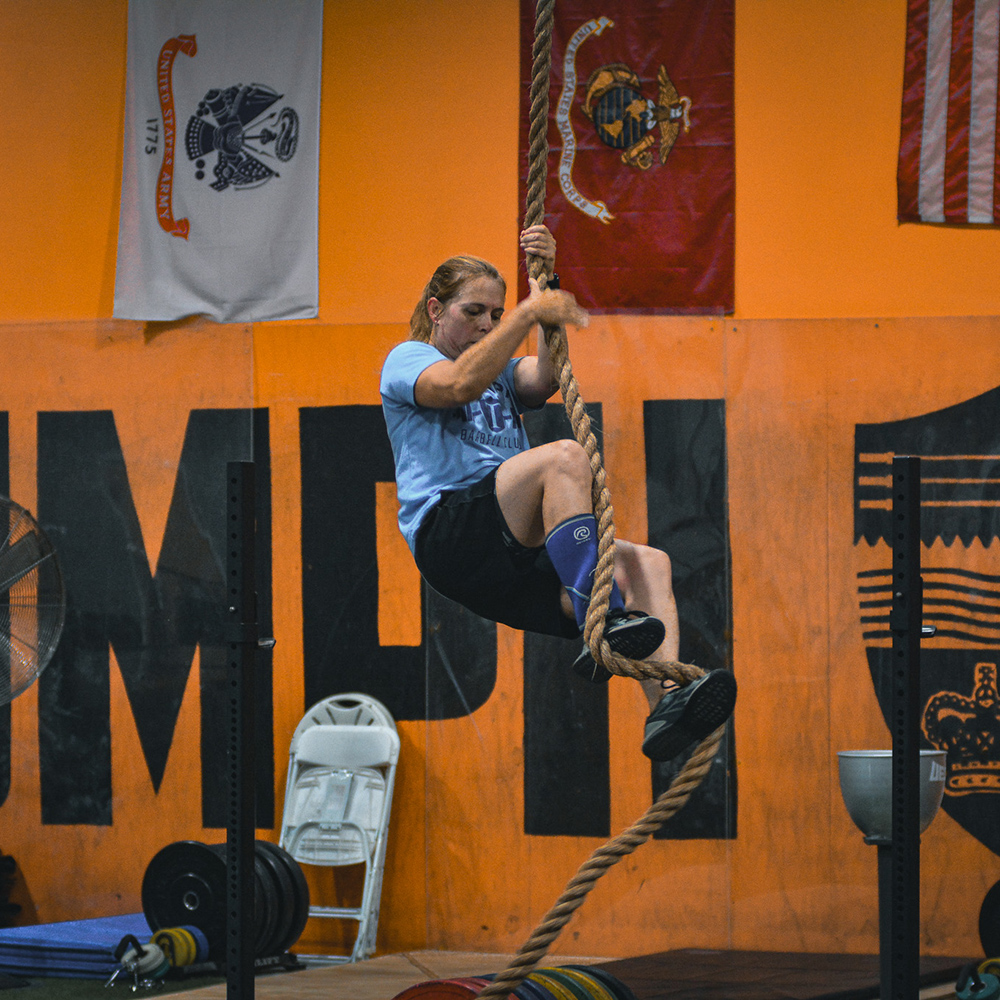In the fitness industry, the ‘more is better’ mantra is almost a universal belief. Whether it’s lifting heavier weights, running longer distances, or participating in more intense workout sessions, the assumption is that more is always the answer to achieving the desired results. However, this idea may not always hold true. In fact, increasing training volume and intensity might not always lead to better results and can sometimes be counterproductive.
I personally went through spells of over training in my early days of CrossFit. I would wake up and go to the gym the first thing in the morning. Then go to my office job where I would sit at a desk for 8 plus hours. Then go back to the gym for more fitness. Meanwhile I would stay up late watching TV and not sleeping.
Why Isn’t More Always Better?
Firstly, we need to consider the principles of human physiology. The body operates on a delicate balance, requiring a certain amount of stress to induce change, but also enough rest to recover from that stress and adapt. This process is called the General Adaptation Syndrome and it is a fundamental concept in understanding how our bodies respond to stress, including physical exercise.
The body’s response to training follows a curve where, initially, the increase in volume and intensity leads to improvements. However, after reaching a certain threshold, the return starts to diminish and could even become negative. This is known as overtraining and can result in reduced performance, injuries, or illnesses.
This is a point a lot of people get to and start to question their training. What really needs to happen is to look internally at ways to get better without just training more. So many people will begin to hop to the next best thing when they are actually really close to getting it right in the first place. The mental side of training can not be overstated enough and it takes time to get the long term recipe right.
The Dangers of Overtraining
Overtraining results from insufficient recovery times or excessive training volumes and intensities. Symptoms can range from persistent muscle soreness, decreased performance, increased susceptibility to injuries, and negative impacts on mood, such as feeling irritable or depressed. Not only does overtraining hinder your physical progress, but it can also affect your mental health and overall well-being.
Eventually for me all my overtraining resulted in severe shoulder issues that I still battle today. It also led to an overall plateau in my training and my strength numbers stalled out and more gains were not happening.
The Importance of Recovery
Recovery is just as important as training when it comes to achieving your fitness goals. Adequate rest allows your body to repair itself, build stronger tissues, and replenish energy stores. Overlooking this critical part of training can lead to a plateau in performance or, even worse, regression.
Moreover, recovery doesn’t simply mean passive rest. Active recovery, involving light exercise and mobility work, can help increase blood flow, delivering nutrients to the muscles for faster recovery. In addition, incorporating elements like good nutrition, hydration, and sleep can further optimize the recovery process.
Stretching and recovery can take on many forms but it does not have to be rocket science. For me just coming up with a nightly and morning routine has been key. Whether it is foam rolling before bed or just holding 2-4 stretches for a couple minutes each. When done consistently the results are there and the soreness is less noticeable.
Listen to Your Body
One of the best ways to strike the right balance is to listen to your body. If you’re feeling consistently fatigued, unable to complete your usual workouts, or you’re noticing a decrease in performance, these could be signs that you’re doing too much. Take the time to rest, recuperate, and adjust your training schedule to better suit your body’s needs.
Active rest days are a thing that can help a lot of hyperactive people. Some examples are just going for a walk or bike ride. Maybe playing golf or another activity you like with the family. Rest days do not have to be you sitting on the couch all day. Use a rest day to incorporate a stretching routine.
Quality Over Quantity
Instead of focusing on doing more, try focusing on doing better. The quality of your training often matters more than the quantity. By focusing on the quality of each repetition, each set, and each workout, you can create more efficient and effective training sessions.
These days I rarely come close to hitting high percentages on a regular basis. That doesn’t mean I will never lift heavy weights again. I just focus way more on the technique and understand the risk that comes with doing 90% or more on a deadlift. Continue to seek better movement and clean technique. Especially as the weights get heavy or as you get fatigued.
Conclusion
In conclusion, while increasing training volume and intensity can initially lead to improvements, there is a limit to its effectiveness. Overtraining can lead to a decrease in performance, a higher risk of injury, and negative impacts on mental health. Remember, it’s crucial to balance hard training with adequate recovery. By focusing on quality over quantity, and listening to your body’s signals, you can create a sustainable fitness regime that is not only effective, but also enjoyable and safe.


